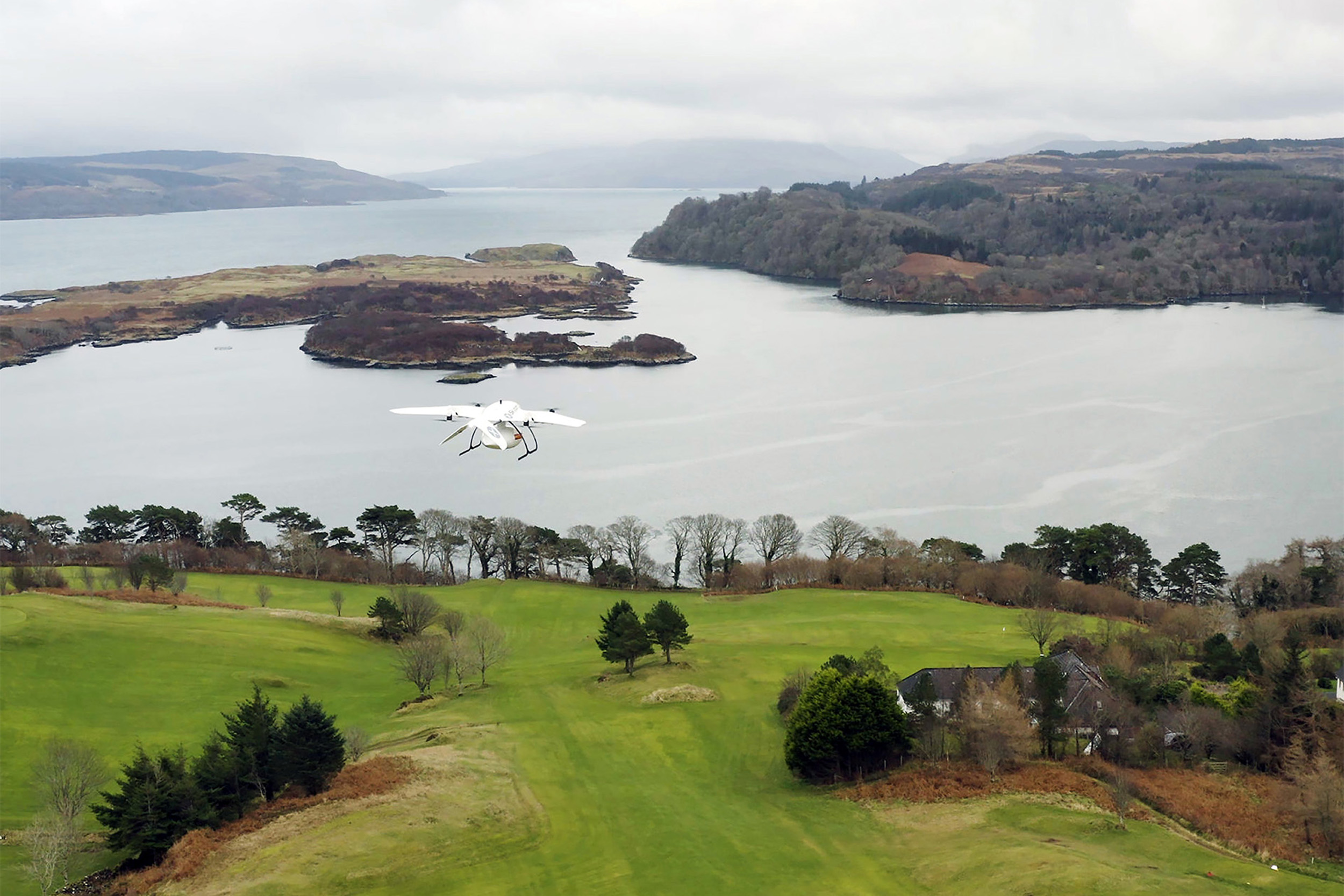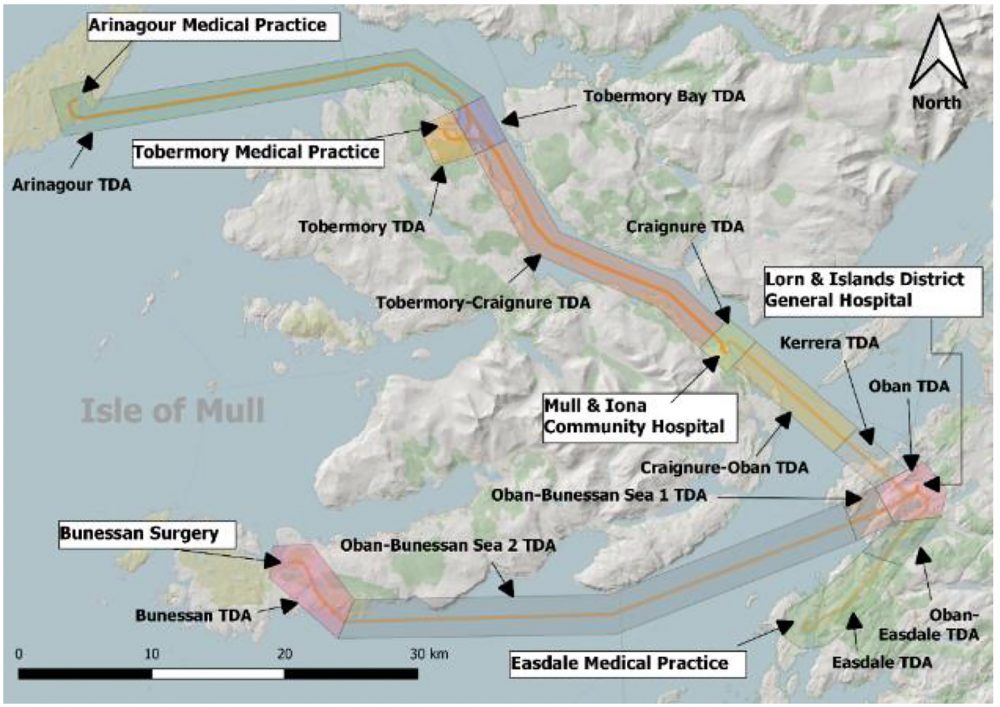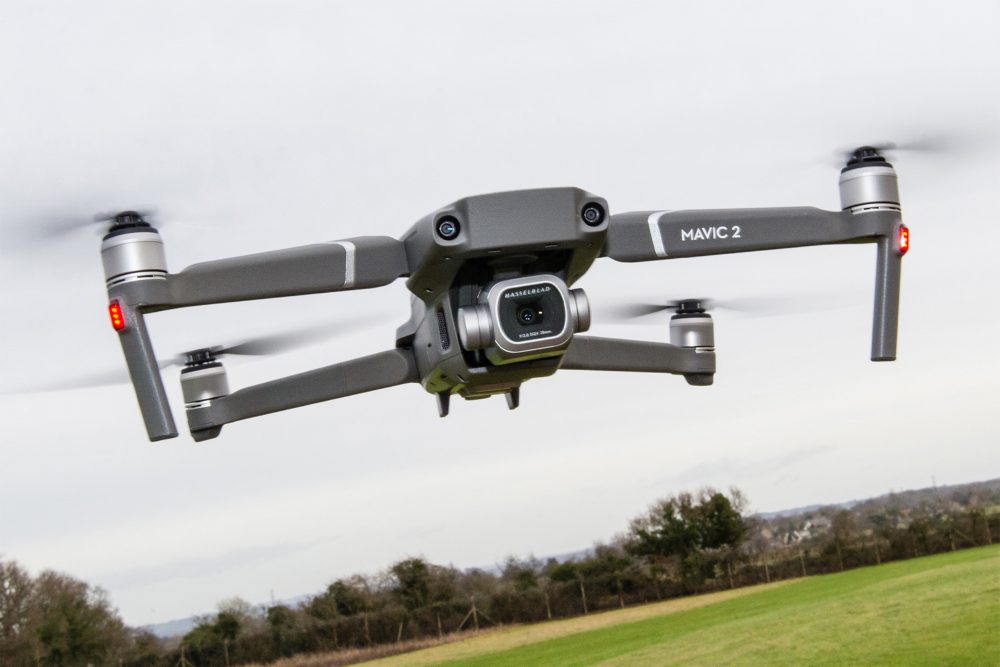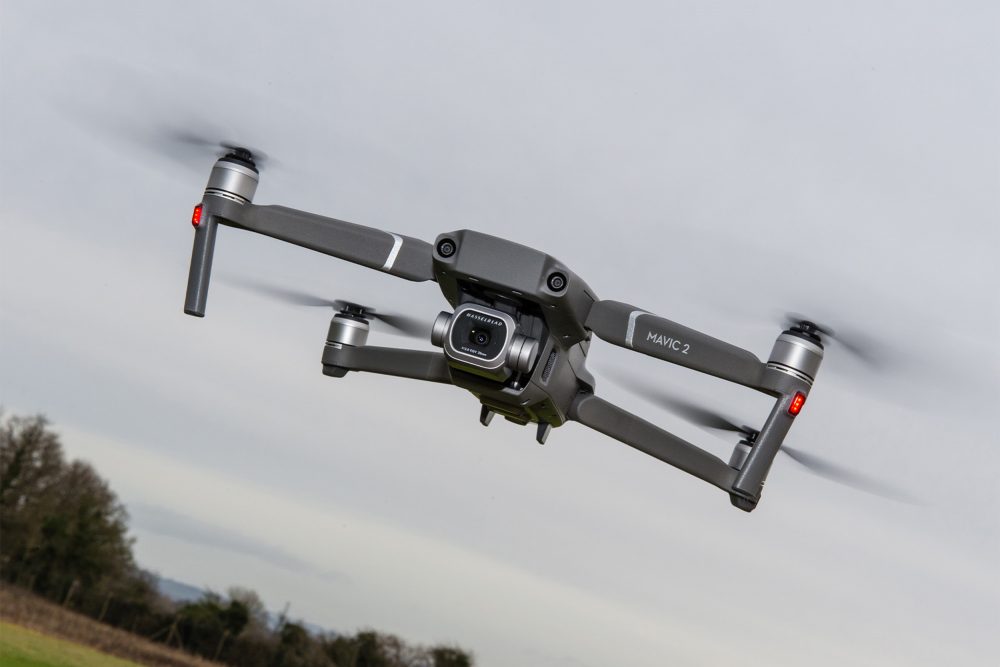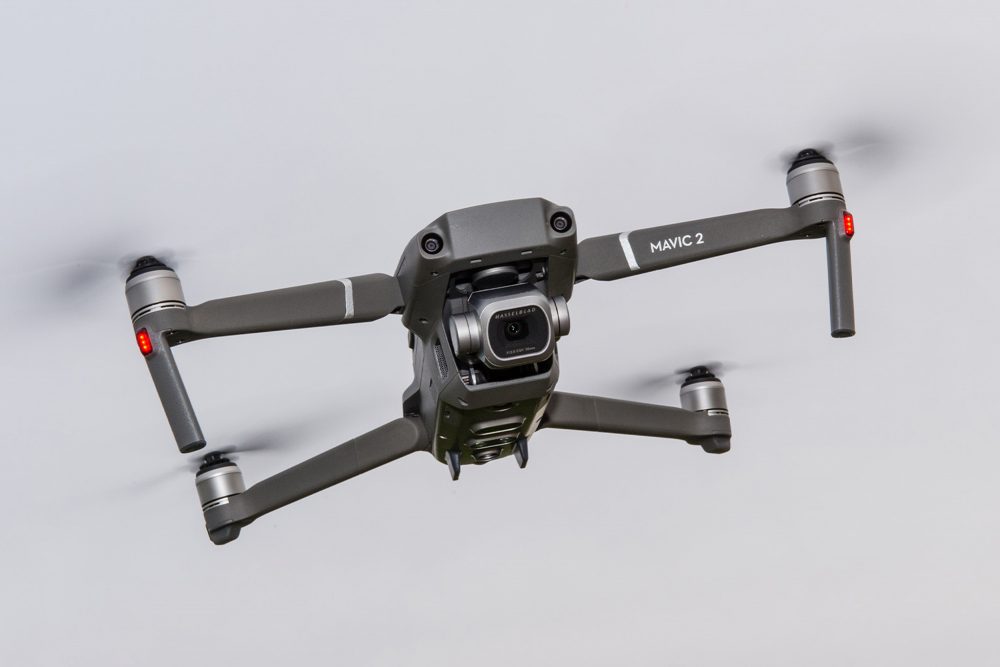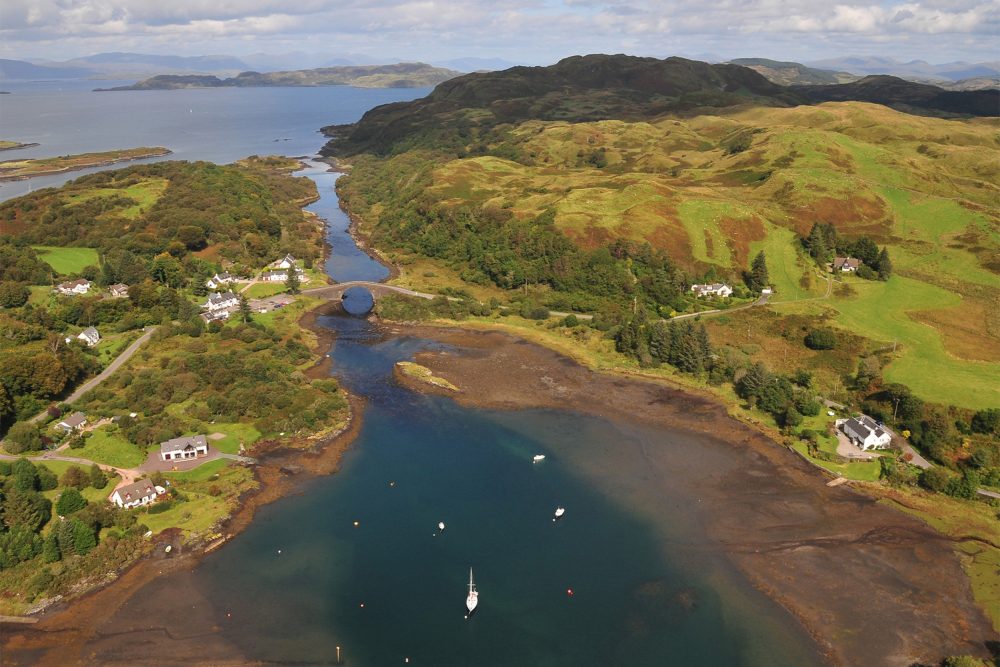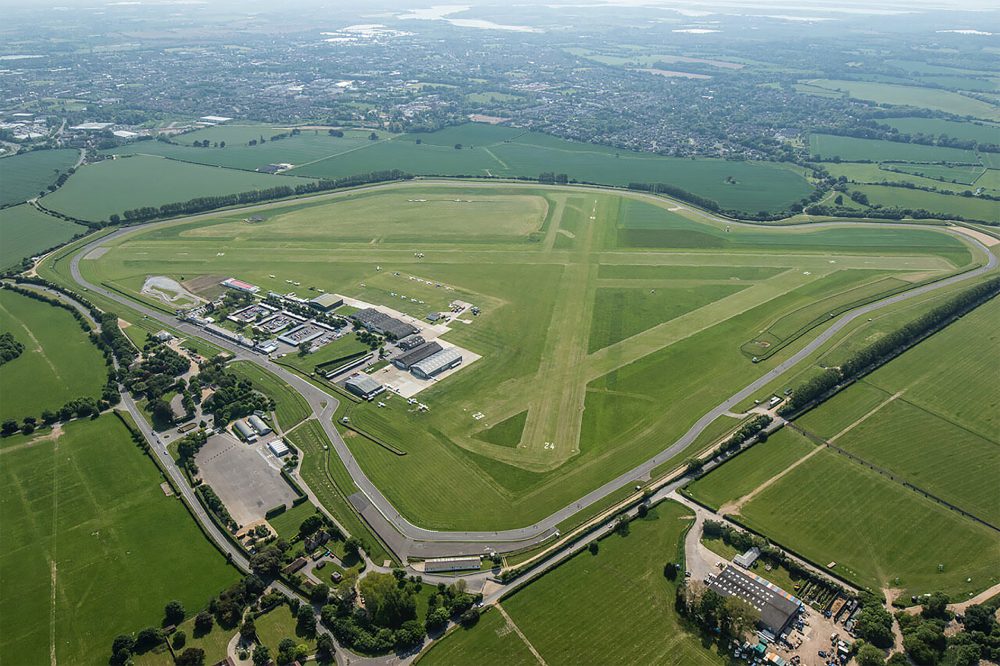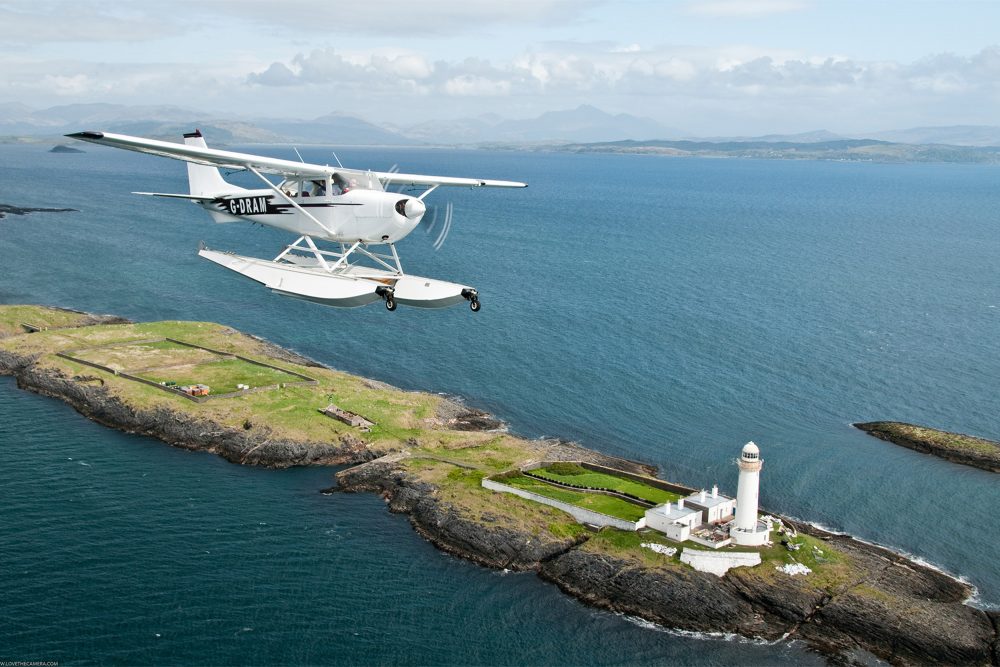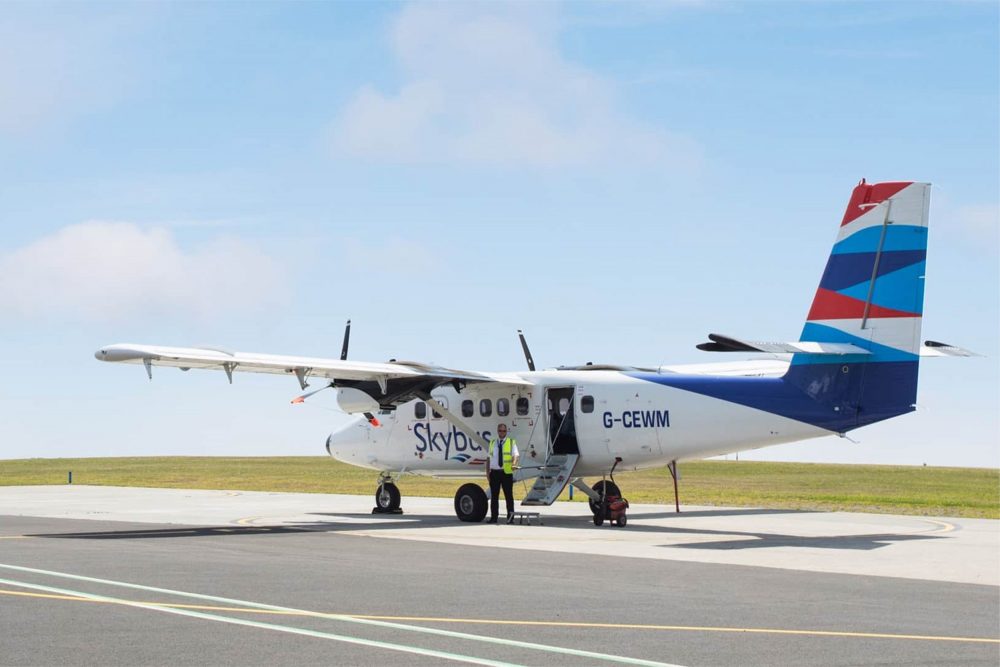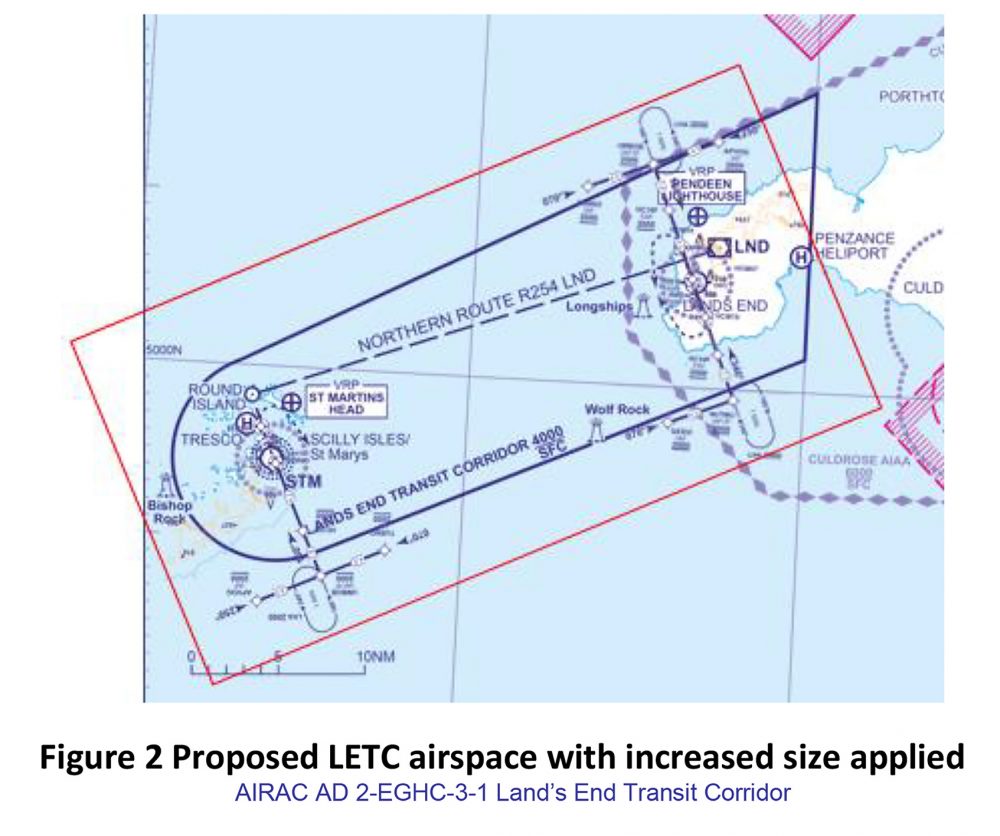‘Insolent and patronising’ – Scotia Seaplanes’ view
A local operator’s view – Hamish Mitchell operates Scotia Seaplanes, a Seaplane Training DTO based on the west coast of Scotland.
I discovered this ACP by chance – neither myself, nor two flying clubs based at Oban were notified as Stakeholders by the London-based sponsor. Indeed, I work as an ATCO covering the entire Scottish FIR. I consider myself to be pro-active and informed, yet was blindsided to learn there had been two drone trials in 2020.
These previous consultations were carried out during lockdown when no one was flying – literally and physically, below everyone’s radar, yet the sponsor claims they ‘developed a comprehensive picture of airspace usage in that area’. To then claim they ‘… do not wish to overburden stakeholders with an informal engagement exercise’, is both insolent and patronising.
We fly from Prestwick, Oban and Mull, providing a variety of training and have operated here since 2008. Our clients come from all around the world to learn and improve their skills in the magnificent Scottish landscape – private, commercial and military aviators, normally flying Boeings, SAABs, Pipers or even F16s.
In a normal season (April to October) we fly around 150 hours, a majority at low level in and around the Oban, Mull, Iona and Crinan area. We use Glenforsa and Oban frequently for both fuel and overnight stays, generating thousands of pounds for the local economy – and 2021 already looks busy, with significant pent-up demand, starting in April.
Under normal circumstances, Mull is a go-to destination for GA from right across the UK and beyond, and the coastal route from Lochgilphead is frequently used as a safe low-level route when cloud covers the mountains. Military low-flying within LFA14 is frequent and fast. This is the reality for those of us who live here, who operate here and who understand flying in Scotland.
This proposal imposes TDAs across a huge area, and gives me great cause for alarm – not only for the safety of my aircraft and clients, but also the potential future restriction of GA in general. GA by its very nature is flexible and cannot be predicted 24 hours in advance, and neither should it be. We operate tactically, responding to wind, weather, sea-state and fuel conditions on the day. That is the freedom afforded by Class G airspace and Scotland in particular – a freedom we should fight to defend.
The RAF teaches ‘Flexibility is the key to air power’ – the CAA’s principle for drones and flexible airspace use is one of integration with existing operations, not disproportionate, inflexible and discriminatory segregation by use of TDAs.
We’ve all seen how driverless cars are being developed around the world and it is not considered acceptable to force everyone off the road to make way for them – they would be expected to have effective anti-collision systems in place – and so it should be with UAVs.
It is also disingenuous to use the Trojan Horse of Covid as a lever to accelerate and bypass a proper and fulsome consultation. Many GA operators offered their services to fly time-critical supplies and samples last year and remain ready to help – how many were actually called and activated is quite another matter.
There are too many unanswered questions to feel comfortable about meekly nodding this through, this is the thin end of the wedge for GA, as exemplified by previous (barely publicised) trials.
How would any TDA operate in practice? How frequent and when? How do you access? Why block a 2km wide corridor up to 950ft in some places, when drones can fly at 100-150ft within 2-3m of accuracy?
A simple Notam’d track, clearly displayed on SkyDemon (like Red Arrows transits) is more practical. What are the wind and weather limits? What are the liabilities and procedures in case of a mid-air collision or crash with hazardous cargo? Hitting an 18kg drone (twice the weight of a Sea Eagle) at 140kt closing speed will not end well. Remember, we are carrying humans – drones have microchips and sample bottles. What happens during signal loss when military exercises jam GPS on the west coast? If drones have ADS-B In/Out, what are they actually doing with the ‘IN’ part?
The concept of carrying goods by drone is already proven, does it need to be proved again? The real challenge is to integrate – which ACPs like this avoid addressing. Why not fly at night with minimal GA around? A real-time webpage could show live drone location (like FlightRadar24) – not everyone has electronic conspicuity in the cockpit, but everyone has a mobile. If drone sponsors invested in 4G/5G coverage and ADS-B ground relays, you provide infrastructure and flexibility benefitting everyone.
We all recognise that UAV services and operatives are here to stay, politics will see to that. The community will embrace them, but only if they are safe, respectful and not restrictive toward existing airspace users. This proposal in its current form fails that test.


